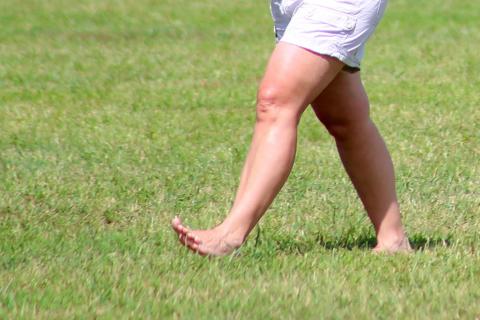
By reducing the size of your stomach, bariatric surgery looks to reduce the amount of calories you will consume before feeling full. Because the surgery is a permanent change, it needs to be a lifestyle decision to lead a healthy existence. For many years, patients have been choosing between the common options like lap-band and gastric bypass. However, there has been a new option in recent years called the ‘gastric sleeve’.
Surgery - When it comes to the surgery itself, a laparoscopic tool is used in order to make small incisions in the abdomen. After inserting a small camera, the surgeon can then look inside the abdomen and insert little instruments with the aim of reducing the size of the stomach by 85%. Once finished, the stomach will be shaped rather like a sleeve, hence the name, and the opening can be closed with staples.
After surgery, patients normally remain in hospital for a couple of days before being sent home for a recovery period of a few weeks. Of course, there will be swelling around the abdomen area and it will feel sore for a little while afterwards. If the pain becomes too much to handle, you will be able to get medication from your doctor. Over time, you will adjust your diet until you are used to regular food once more.
Pre-Surgery Diet - In order to prepare your body for the surgery, you may be asked to go onto a diet a couple of weeks before the surgery. To reduce the risk involved in the surgery, a short-term diet can be used to reduce the amount of body fat around the liver. In the diet, patients consume high-protein liquids and stay away from high-calorie foods, carbonated drinks, and caffeine-heavy sugary drinks. During the two weeks, protein shakes will be used to achieve an intake of around 80-120 grams and calories have to be limited to 1,000 to 1,200 each day.
Post-Surgery Diet - Ultimately, this surgery puts a lot of stress on the whole body but particularly the stomach. For this reason, the post-surgery diet will ease the stomach back into foods first starting with a two week liquid diet. Much like the pre-op diet, this will contain high-protein, low-calorie drinks. At the start of the third week, there will be a transition to soft foods like melons, bananas, eggs, pasta, cooked vegetables and maybe even some seafood. To keep things easy on the stomach, drinks will still be used but soft foods will be added gradually. In total, this stage will last for around four weeks. After six weeks of careful dieting, regular foods can be added to the diet and the protein drinks can slowly be taken out.
Exercise After Gastric Sleeve Surgery - After having gastric sleeve surgery, many people ask how long they have to wait until they can exercise once more and this is a good question. Whilst the pain still exists and you need medication, there is no way you should be exercising. At first, you can try to walk as much as you can but try not to lift anything too heavy. If you walk a little each day, you can aim for a target of being able to walk for half an hour each day within a month of surgery.
Top Tips
- Chew all foods well and eat slowly before swallowing
- After eating food, leave it at least half an hour before drinking
- Avoid eating outside of set meal and snack times
- Stop when you feel full
- Lose junk food and sweets



